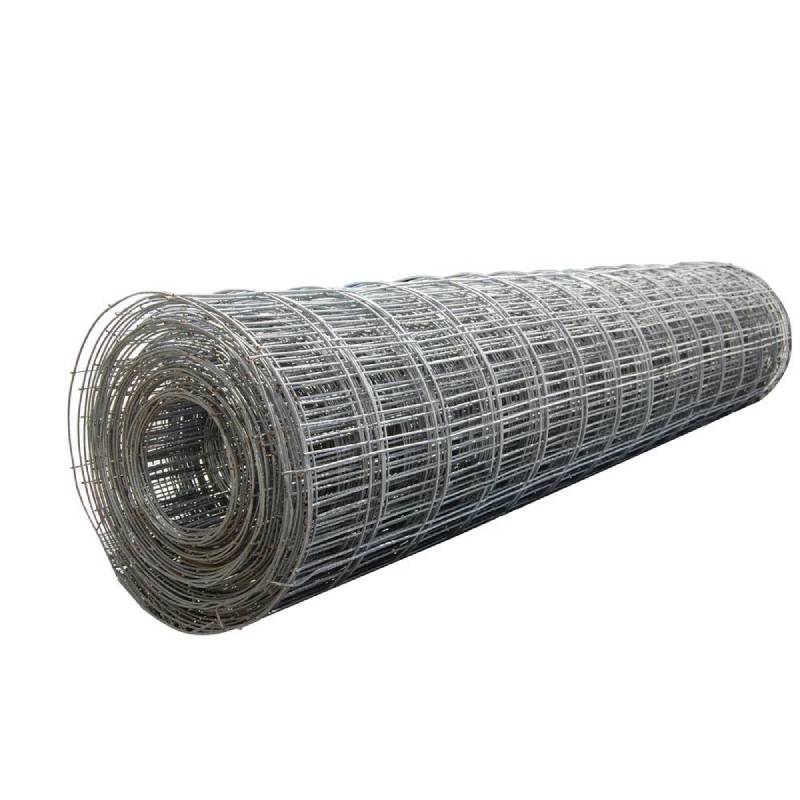
- Mobile Phone
- +8613931874955
- sales@cntcmetal.com
High-Quality Livestock Fencing Solutions Available for Purchase Now
The Importance of Cattle Fencing and Available Options for Sale
When it comes to raising cattle, the significance of proper fencing cannot be overstated. Effective cattle fencing is crucial for maintaining the welfare of the animals, protecting crops, and ensuring the efficient management of pasturelands. As cattle ranchers and farmers seek to improve their operations, finding the right fencing solution becomes a priority. With a variety of options available for sale, understanding the types and benefits of cattle fencing will help producers make informed decisions.
Why Proper Fencing Matters
First and foremost, cattle fencing is essential for the safety and security of livestock. Properly installed fences prevent cattle from wandering off into roadways or neighboring properties, which could lead to accidents or disputes. Additionally, a well-constructed fence reduces the risk of theft and protects livestock from predators. Beyond safety, good fencing allows farmers and ranchers to manage their pasture more effectively. By creating designated grazing areas, they can rotate their cattle, giving grasslands time to recover and promoting sustainable land management practices.
Types of Cattle Fencing Available for Sale
When considering cattle fencing, ranchers often have a range of materials and styles to choose from
. Each type of fencing has its own set of advantages and disadvantages, depending on the specific needs of the operation.1. Barbed Wire Fencing This is one of the most common types of fencing used for cattle. Barbed wire fences are relatively inexpensive and easy to install. They effectively deter cattle from pushing against the fence. However, it's important to ensure that barbed wire fences are maintained to avoid injury to the animals.
2. High-Tensile Wire Fencing This type of fencing is made from steel wire that is much stronger than traditional barbed wire. High-tensile fencing can withstand greater tension and is less likely to sag or break. It is ideal for larger herds as it can cover more extensive areas at a lower cost per mile when installed properly.
cattle fencing for sale

3. Stock Fencing Specifically designed for livestock, stock fencing is typically composed of wire mesh and is ideal for containing cattle, sheep, and other animals. This fencing can also serve to keep out wildlife, reducing the risk of predation.
4. Vinyl and Electric Fencing For ranchers looking for low-maintenance options, vinyl fencing offers durability and aesthetic appeal. Electric fencing is another great option, as it can deter cattle with minimal physical obstruction. It requires a power source and regular maintenance to ensure effectiveness.
5. Wooden Fencing While wooden fencing is often the most visually appealing option, it can be more expensive and requires regular maintenance to prevent rot and decay. However, wooden posts and rails can be an excellent choice for smaller operations where aesthetics and durability are priorities.
Factors to Consider When Buying Fencing
When purchasing cattle fencing, it’s essential to consider various factors. The size of the cattle operation, the type of terrain, local climate, and budget will influence the choice of fencing. Additionally, ranchers should factor in the long-term maintenance requirements of the fencing material to ensure it remains a viable option for years to come.
Conclusion
Cattle fencing is more than just a boundary; it is an integral part of effective livestock management. With a wide range of fencing options available for sale, ranchers can choose the solution that best fits their specific needs. By investing in quality fencing, cattle producers can enhance animal welfare, protect their properties, and improve the overall efficiency of their operations. Whether looking for barbed wire, high-tensile options, or even electric fencing, the right choice will contribute to a successful and sustainable cattle farming experience.
share:
-
Your Source for Concrete Wall Ties and Masonry AccessoriesNewsJul.10,2025
-
Unlocking the Power of Iron Wire for Every ProjectNewsJul.10,2025
-
Explore Advanced Chain Wire and Stainless Steel Mesh FencingNewsJul.10,2025
-
Discover the Benefits of Annealed Wire ProductsNewsJul.10,2025
-
Discover China Stainless Steel Wire Mesh SolutionsNewsJul.10,2025
-
Build with Confidence Using High-Performance Masonry AccessoriesNewsJul.10,2025
-
Why Sacrificial Formwork Is Redefining Underground ConstructionNewsJun.06,2025



















